Eurozone PMI Manufacturing was finalized at 63.1 in May, up from April’s 62.9. Rises in output and new orders were slightly softer, but growth rates remained considerable. Record deterioration in vendor delivery times drove intensification of inflationary pressures.
Looking at some member states, the Netherlands (69.4), Austria (66.4), Ireland (64.1) and Italy (62.3) were at record highs. Germany dropped to 64.4, but stayed strong. France hit 248-month high at 59.4. Spain rose to 276-month high at 59.4. Greece rose to 253-month high at 58.0.
Chris Williamson, Chief Business Economist at IHS Markit said: “Eurozone manufacturing continues to grow at a rate unprecedented in almost 24 years of survey history, the PMI breaking new records for a third month in a row. Surging output growth adds to signs that the economy is rebounding strongly in the second quarter.
“However, May also saw record supply delays, which are constraining output growth and leaving firms unable to meet demand to a degree not previously witnessed by the survey.
“High sales volumes are consequently depleting warehouse stocks and backlogs of uncompleted work have soared at a record pace. While these forward-looking indicators bode well for production and employment gains to persist into coming months as firms seek to catch up with demand, the flip-side is higher prices. The combination of strong demand and deteriorating supply is pushing up prices to a degree unparalleled over the past 24 years.
“The survey data therefore indicate that the economy looks set for strong growth over the summer but will likely also see a sharp rise in inflation. However, we expect price pressures to moderate as the disruptive effects of the pandemic ease further in coming months and global supply chains improve. We should also see demand shift from goods to services as economies continue to reopen, taking some pressure off prices but helping to sustain a solid pace of economic recovery.”
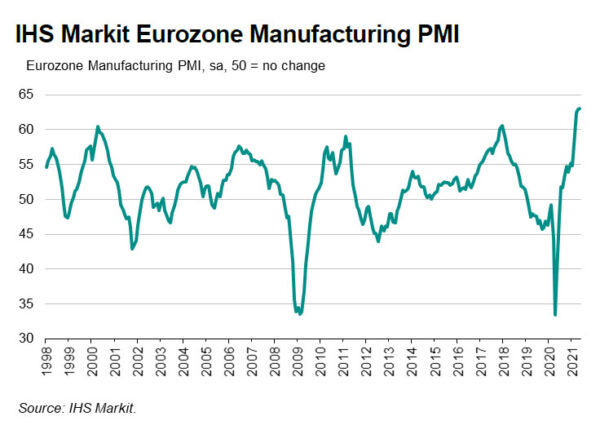
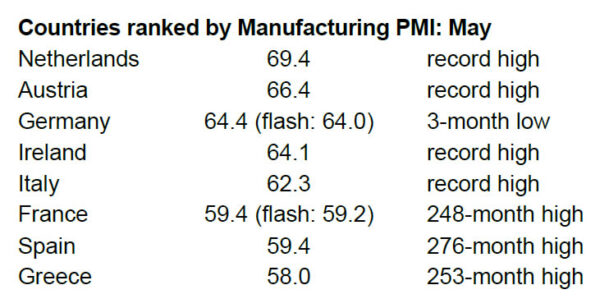
Full release here.




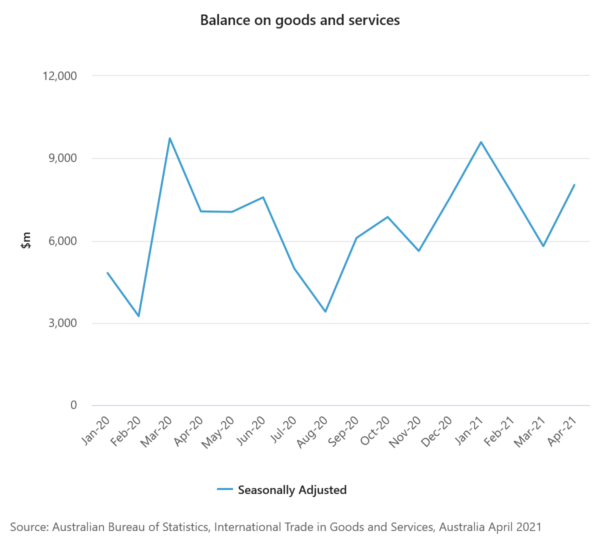
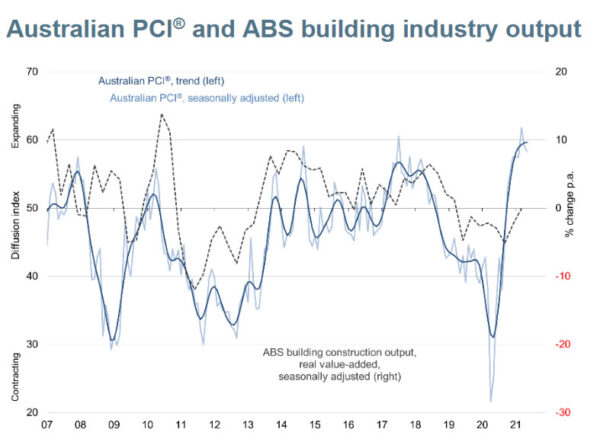
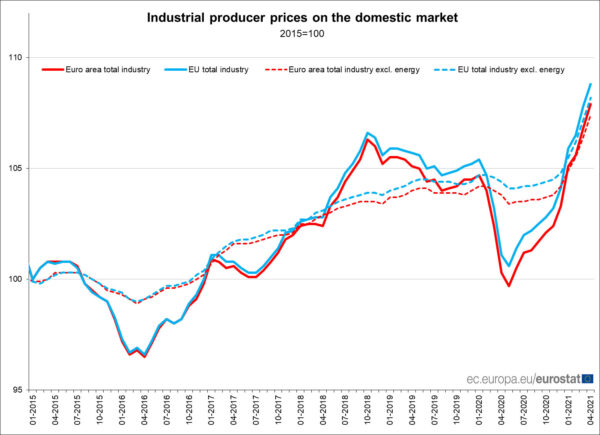
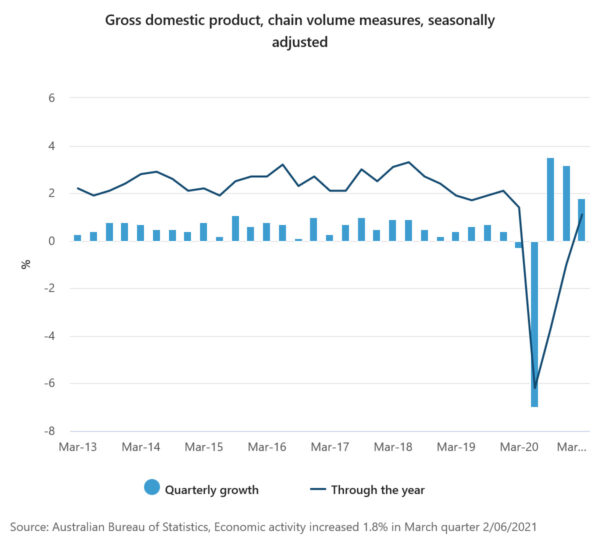
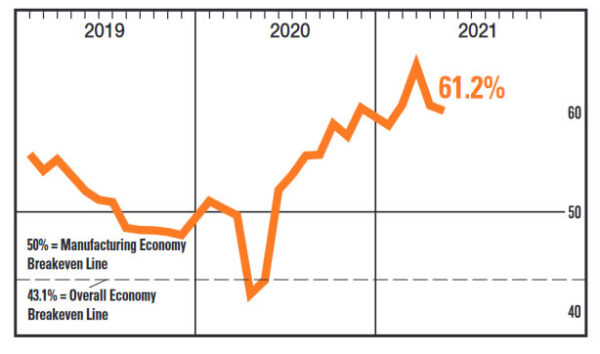
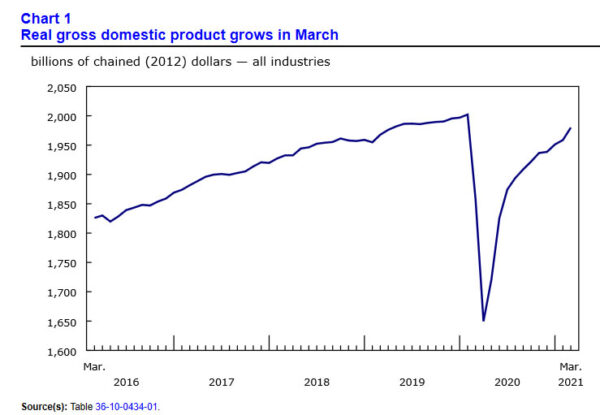
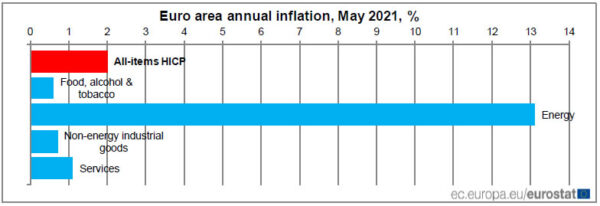
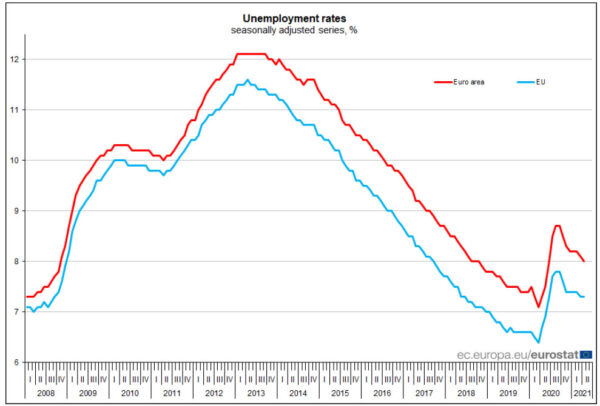
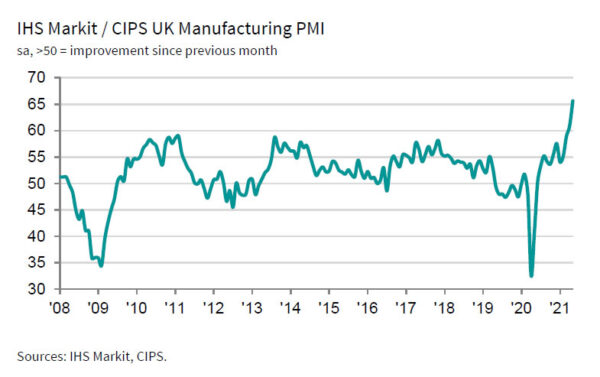


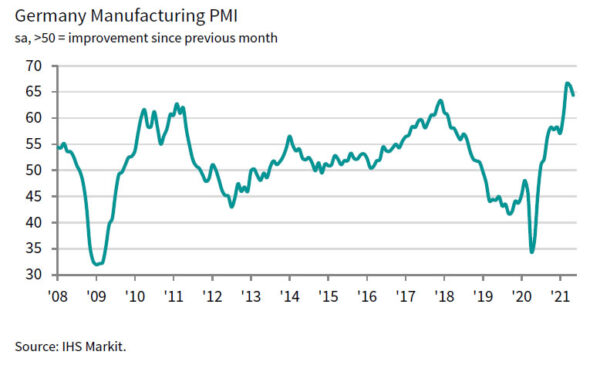
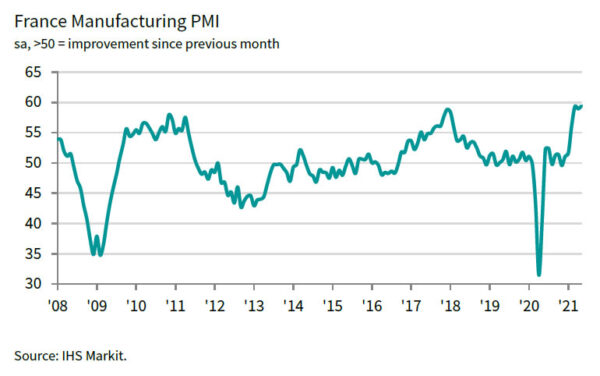

China Caixin PMI services dropped to 55.1, composite dropped to 53.8
China Caixin PMI Services dropped to 55.1 in May, down from 56.3, below expectation of 56.2. PMI Composite dropped to 53.8, down from 54.7.
Wang Zhe, Senior Economist at Caixin Insight Group said: “To sum up, the expansion in manufacturing and services maintained its momentum as both supply and demand expanded. Overseas demand was generally good, but service exports were affected by the pandemic. The job market continued to improve. In May, services recovered faster than manufacturing. Entrepreneurs were confident about the economic outlook. Inflation remained a crucial concern as the price gauges in manufacturing and services both rose last month.
Full release here.